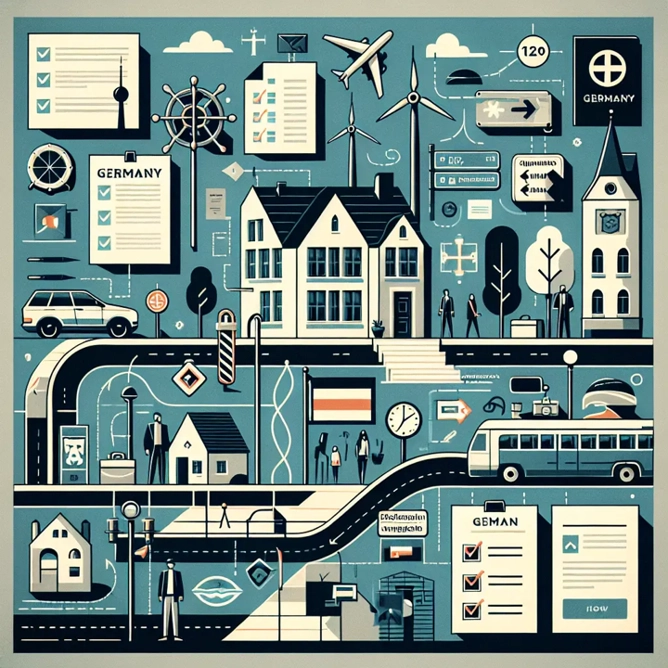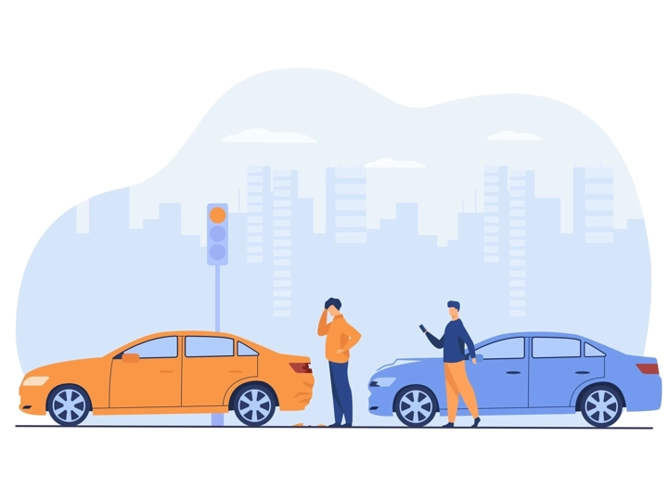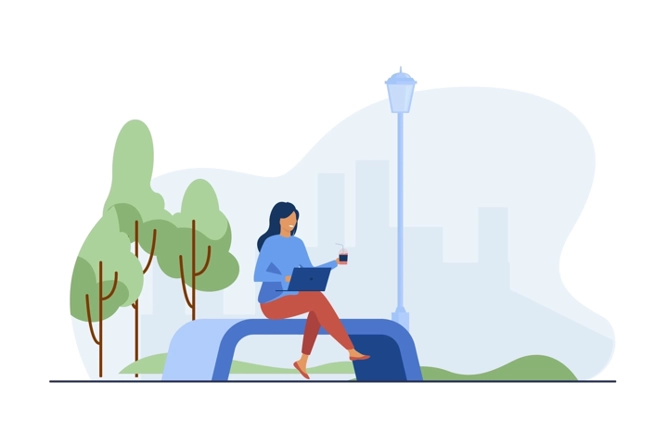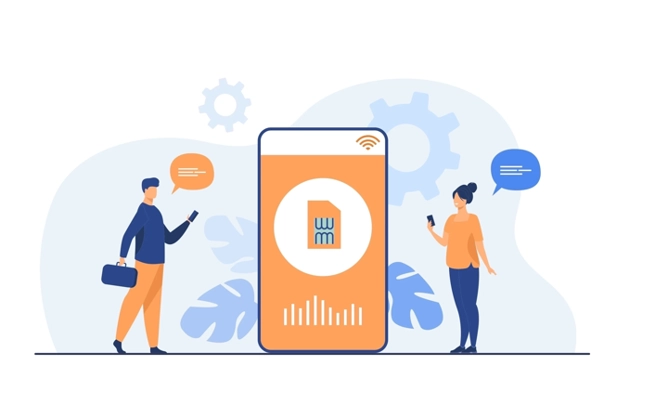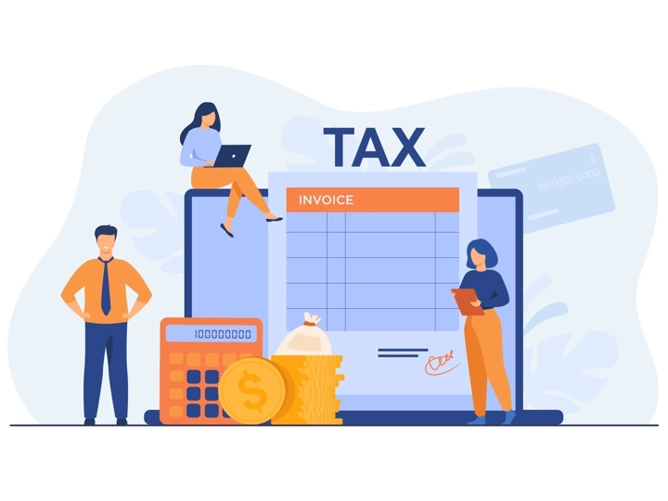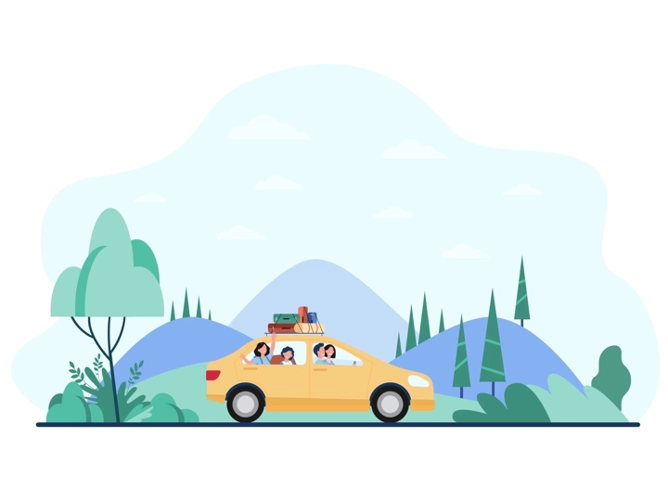
German Autobahn – All You Need To Know [2025] - Live In Germany
Undoubtedly, the German autobahn has achieved legendary status across the globe for its speed fantasies. Many foreigners or new German drivers want to try the almost flawless and well-maintained German autobahn. But this autobahn can turn into a worse nightmare if you take on the “Mother of All Highways” without preparing for it. Here is the complete guide that can prepare you for your drive of more than 13000+ kilometres on the autobahn with fun.
What Is a German Autobahn?
Autobahns are German-controlled highways, officially known as Bundesautobahnen, or Federal highways. It is one of the largest highway networks in the world that goes through 16 states of Germany, connecting all major cities. Some of them include Baden, Bavaria, Saarland, Wurttemberg, Hesse, Berlin, and Saxony.
The German autobahn has two directional lanes that are divided by green strips with a concrete safety barrier or steel crash barriers. Each lane includes two lanes. Autobahns are always hight-free, höhenfrei’, meaning that more than two traffic routes do not cross at the same point. It allows vehicles to travel faster without meeting traffic jams or pedestrians on the roads.
Brief History of Autobahn
The idea of a car-only road first originated in the mid-1920s in Germany. The primary reason was to build a network system that allows uninterrupted travel in the absence of pedestrians, bicycles, and animal transportation carriers. The idea was not executed until 1929, with the first autobahn opening between Düsseldorf and Opladen.
In 1932, more finance was put together for the construction of the first crossroad-free motorway. Even at that time, the motorway had a maximum speed of 120 km/hr, despite the fact that very few cars could reach a speed of more than 60 km/h. Today, this road is famously known as A555 which stretches between Cologne and Bonn. However, this progress was short-lived. Due to the World War, the construction was ceased by the Nazis. It was Adolf Hitler who decided to build the first autobahn after recognizing the potential of the highway for strategic use.
Due to a shortage of resources and labour, construction of the autobahn slowed down during the war to the point where it was completely halted by 1942. Many autobahns remained incomplete until the Reunification of Germany in 1990. Eventually, with the reunification of West and East Germany, both autobahns connected, exceeding the highway networks.
What Are the Features of The German Autobahn?
The German Autobahn is one of the safest highway systems, even though the drivers experience no limitation to speed limit. The features that make this system safer and more appealing to drivers are as follows.
Speed Limitation
In Germany, there is no general speed limit. Instead, there is a recommended speed limit which means it is not illegal for the driver to drive faster than the recommended pace. However, the driver should keep the speed above 80 km/hr and below the recommended limit for safe travel.
Contrary to the popular belief, the autobahn is not completely speed-limit-free. Instead, there are specific sections on the autobahn that has speed restriction. They can be around the construction area, at junctions, on a dangerous part of the road, or around the city entry/exit points. You are expected to follow these posted restrictions until you see an end-of-limit sign or other speed limit sign on the road.
Preventing Collision
As cars travel at a higher speed, road accidents are more likely than ever. But to ensure the safety of the Autobahn, there is a green median landscape separating the two lanes. The Autobahn also has guardrails down the middle and concrete barriers on the new sections. This helps to avoid a head-on collision that mainly results in a fatality.
The drivers are not allowed to drive in the left lane. They can only use the left lane for passing and use the right lane for their journey. This allows the cars that travel at a higher speed, again preventing a collision.
Traffic Emergency
Sometimes, the autobahn can also experience traffic jams due to accidents or other emergencies. In such cases, the traffic law of Germany directs all drivers to make way for ambulances, police, or fire engines. They must create an emergency lane in the middle of the road. The cars in the middle lane must move to either side of the road. Moreover, it is essential for drivers to keep their car doors closed and avoid standing in the emergency lane to avoid any collision.
Do German Autobahn have Road tolls?
In German autobahns, the passengers have permission to drive without paying the toll. But vehicles that weigh 7.5 tons and above will have to pay a toll using the “toll collect” which is an automatic system. If you cross the border into either France, Austria, or Switzerland, it is binding for you to pay charges for using the autobahn.
How To Ensure Safety on Autobahn?
The laws of driving in Germany are different from that of US traffic. The driver needs to know all the official and unofficial laws of driving on an autobahn. As the high-speed autobahn is no place for mistakes, here are some rules that can help you in driving safely on these freeways.
Double-Checking The Side-View Mirrors
It is extremely significant to check the left side-view mirrors, especially if you are on the no-speed limit autobahn. Speeding cars can suddenly appear on the side of your vehicle and overtakes you at a speed of more than 100 mph. In such cases, if you don’t see the side mirrors before changing lanes, you can get involved in serious accidents. Thus, it is important to ensure the path is clear for you before changing lanes.
Slow Traffic on Right Lane
It is important for the driver to never stays in the left lane for a longer time. That part of the road is for high-speed vehicles, so you need to change the lane, after passing the traffic from left to right. It is not surprising if you move to the left and sees a faster-driving car flashing beams to make way for it. Remember, the right lane is for slower traffic.
Using Indicators (Blinkers)
To avoid any collision, it is essential to use blinkers whenever you decide to change lanes. This way, you can alert the driver behind you of your intention, thus, giving them enough time to slow down. A slight push on the control lever can activate this feature. Most blinkers turn off themselves after a few seconds or when the turn on left or right is made.
Obeying The Speed Limits
There are limited areas on the autobahn where you can put the medal on the metal and drive at the top speeds that your vehicle offers. With each passing year, the restrictions on speed limits are increasing rapidly. There are signs on the side of the road to inform the driver of the change in speed requirements. Some of these limits include 120 km/h, 110 km/h, or lower near urban areas. The violators can easily get caught by hidden roadside radar devices and unmarked police cars. So, if you want to avoid paying heavy fines, then it is advisable to follow the signs religiously.
Keeping A Certain Distance
The driver must keep a specific distance between the vehicle in the front. German traffic law is very strict on tailgating the car in front, and a penalty can cost you up to €400 fine. You can check the safety distance between two vehicles as per the recommendations of traffic authorities. To calculate the ideal distance, divide the speed of your car by two. The results will show the distance in meters that you need to keep between the vehicles.
Taking Breaks In Between
Driving on the autobahn can be exhausting. The driver needs to take a break after every two hours of driving to avoid fatigue and tiredness. There are numerous rest spots (Raststätten) with restaurants, gas stations, picnic tables, shops, and toilets. You can get the benefits of these services at affordable prices.
Navigating The German Autobahn
Legal and Safety Items
Before driving on the autobahn, you must have the following legal documents:
- Driving license
- Proof of car insurance
- Vehicle registration details
- Personal Identifications
It is also necessary to have some safety items when driving on an autobahn that are:
- Warning triangle
- First-aid kit
- Reflective vest
You can buy this from Amazon or any hardware shop.
Important Signs on Autobahn
- Ausfahrt means exit.
- Exits are on the right of the autobahn.
- Rural areas have long stretches without streetlights.
- North-South highways are odd-numbered, while East-West highways are even-numbered.
- Hazard warning flashers are commonly used to announce upcoming traffic jams.
Bottom Line
German Autobahn lives up to its legendary reputation by allowing drivers to experience exhilarating speeds. It became a vital vein of transportation in Germany. But before experiencing all its beauty, it is imperative to follow the traffic laws and take necessary safety measures. By doing this, you can avoid getting into an accident that can cost you thousands of dollars or worse, your life.

Jibran Shahid
Hi, I am Jibran, your fellow expat living in Germany since 2014. With over 10 years of personal and professional experience navigating life as a foreigner, I am dedicated to providing well-researched and practical guides to help you settle and thrive in Germany. Whether you are looking for advice on bureaucracy, accommodation, jobs, or cultural integration, I have got you covered with tips and insights tailored specifically for expats. Join me on my journey as I share valuable information to make your life in Germany easier and more enjoyable.
